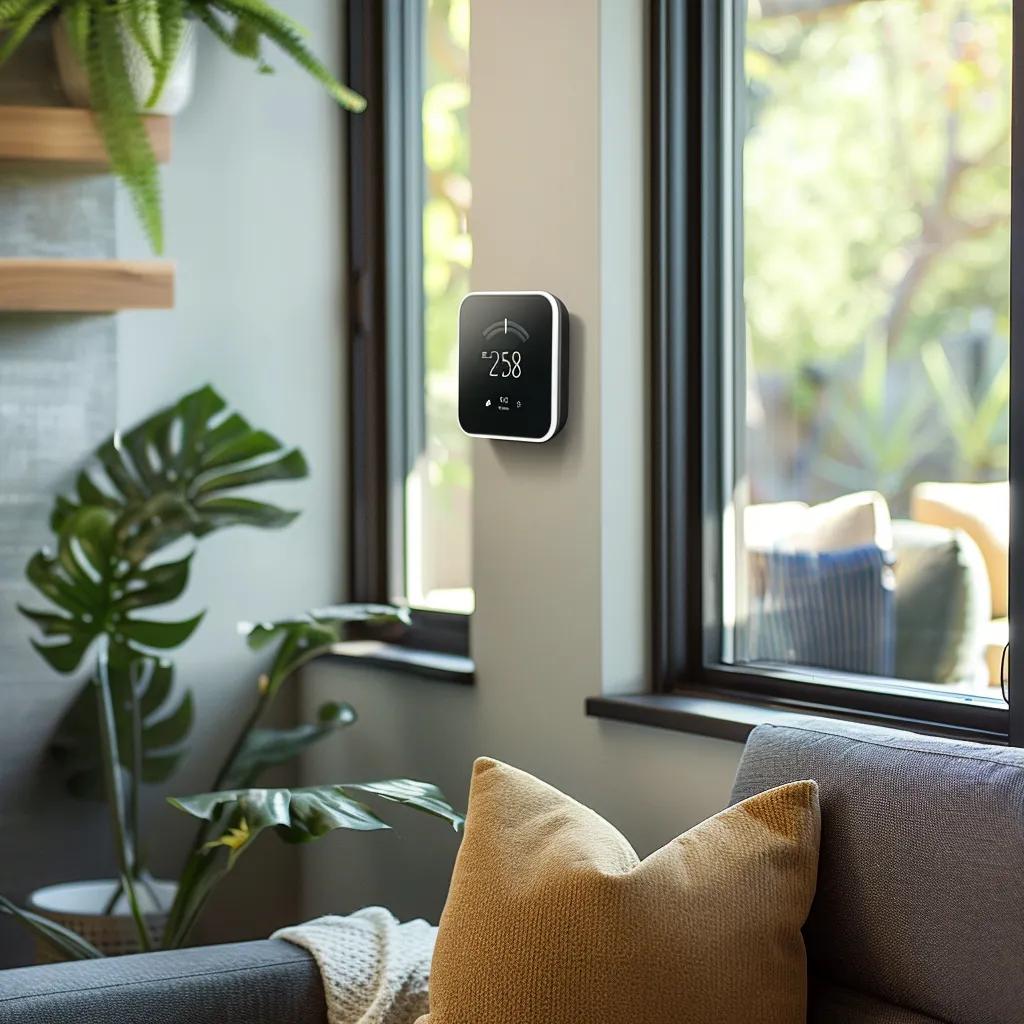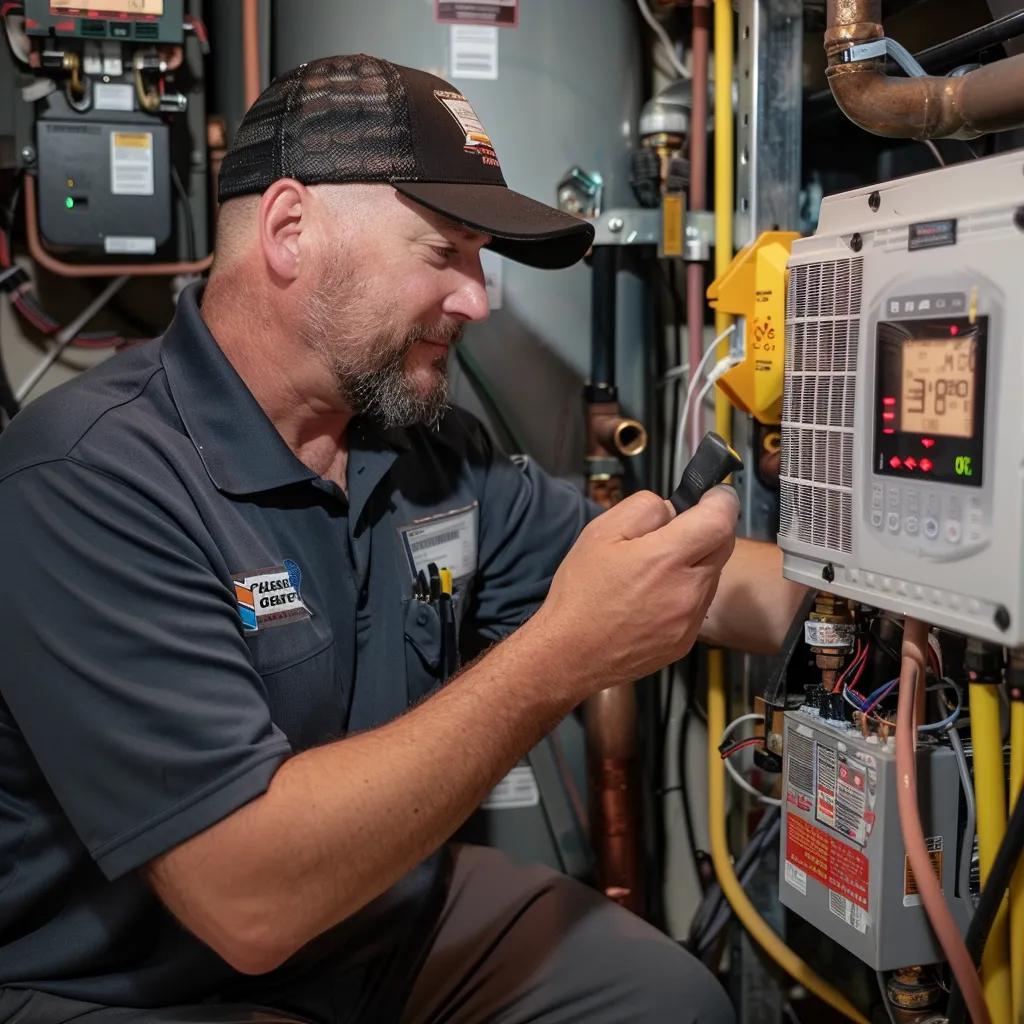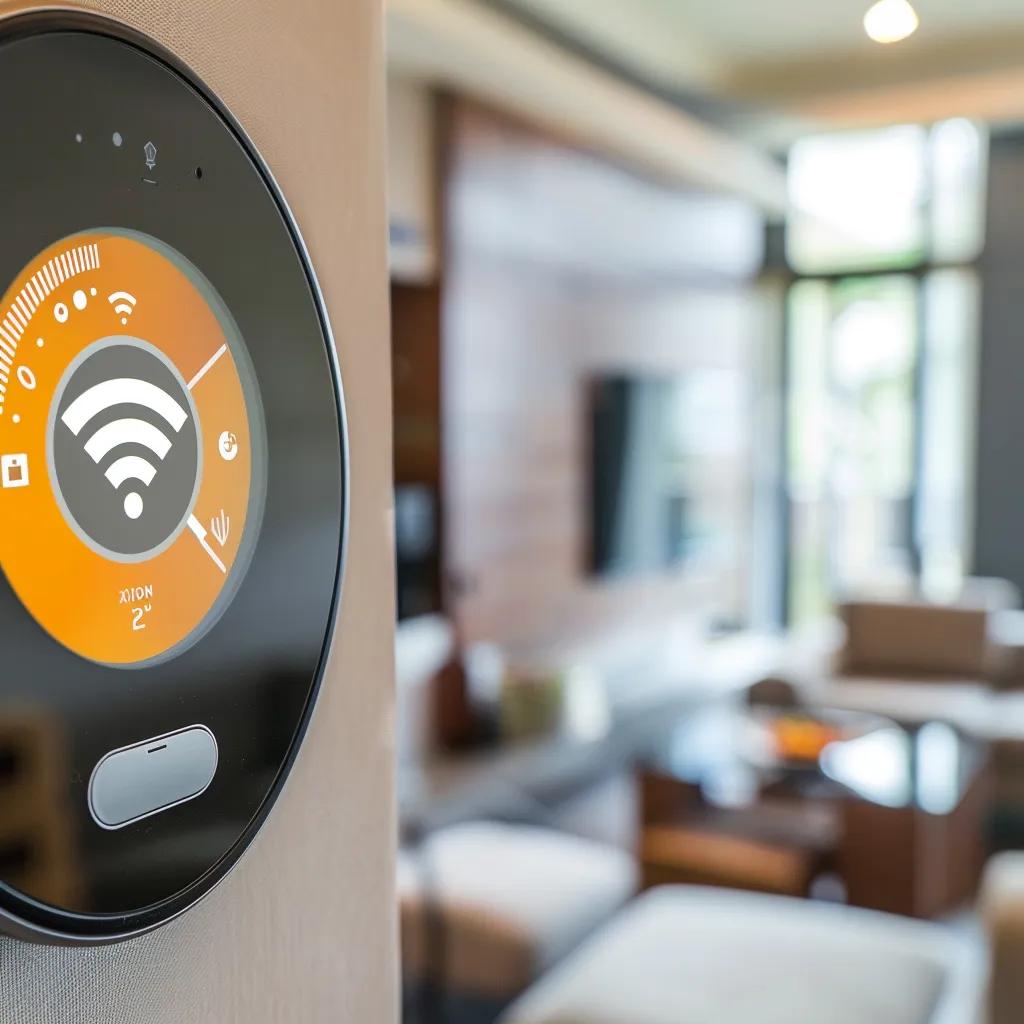
Common Problems to Expect When Installing a Smart Thermostat in Your Tampa Home

Common Problems to Expect When Installing a Smart Thermostat in Your Tampa Home

Nearly one in five Tampa homeowners encounters unexpected hurdles when installing a smart thermostat due to wiring mismatches, system compatibility gaps, or connectivity glitches that erode comfort and energy savings. This guide maps the key issues—from low-voltage wiring challenges and HVAC compatibility to common malfunctions, network interruptions, and the value of professional installation—while highlighting how local experts like callhometherapist.com ensure seamless smart thermostat performance in Tampa Bay homes.
What Wiring Issues Can Tampa Homeowners Face When Installing a Smart Thermostat?
Wiring issues occur when the thermostat’s low-voltage control wires don’t match the new smart device’s power requirements, causing intermittent power loss and inaccurate temperature control that undermines energy efficiency. Recognizing these pitfalls helps homeowners avoid installation delays and indoor comfort lapses.
Why Is the C-Wire Important for Smart Thermostat Installation?
The C-wire (common wire) provides a continuous 24V power source to smart thermostats, preventing battery drain and enabling full-feature operation. Without this dedicated conductor, devices revert to battery mode, interrupting learning algorithms and mobile access functions—examples include blank displays after a few hours of operation.
C-Wire Importance in Smart Thermostat Installation
The C-wire is crucial for smart thermostat functionality, providing a continuous power source that prevents battery drain and enables all features. Without it, devices may revert to battery mode, interrupting learning algorithms and mobile access.
What Are Common Wiring Mistakes and How Do They Affect Installation?
Homeowners often mislabel or swap control wires, leading to short circuits or thermostat shutdowns. Before correcting these errors, installers should verify each conductor’s terminal function to prevent system lockouts:
- Mixing R and Rc wires causes no-power errors and blank screens.
- Omitting the C-wire forces battery reliance and frequent power drops.
- Leaving loose connections triggers cyclic resets and network disconnections.
- Using wire nuts instead of terminal screws leads to intermittent contact and false error codes.
Each misstep directly compromises smart features and system responsiveness, making error avoidance essential for reliable operation.
How Can Professional Wiring Services Prevent Installation Problems?
Certified technicians inspect existing wire colors, test voltage consistency, and install adapter kits when needed, ensuring proper terminal assignments and continuous power supply. By commissioning professional wiring services, homeowners secure stable thermostat performance, minimize troubleshooting calls, and uphold manufacturer warranties without guesswork.
How Does HVAC System Compatibility Affect Smart Thermostat Installation in Tampa?

HVAC compatibility refers to the electrical and control requirements that a smart thermostat must meet to regulate heating and cooling equipment effectively, safeguarding system longevity and home comfort. Assessing compatibility in Tampa’s hot, humid climate prevents short cycling and component strain.
HVAC System Compatibility
Smart thermostats must meet the electrical and control requirements of HVAC systems to regulate heating and cooling effectively. Assessing compatibility prevents short cycling and component strain, especially in climates like Tampa’s.
Which HVAC Systems Are Compatible with Smart Thermostats?
The following table outlines common HVAC system types and their compatibility attributes for smart thermostats.
What Compatibility Issues Arise with Older HVAC Systems?
Legacy systems may lack a C-wire terminal, operate on proprietary control voltages, or use sealed control boards that reject third-party devices. Addressing these gaps often requires adapter kits, transformer upgrades, or full control board replacement to prevent malfunctions.
When Should Tampa Homeowners Seek Professional Compatibility Assessments?
Homeowners should request expert compatibility checks when:
- Replacing an aging thermostat on a system older than 10 years
- Upgrading to multi-zone climate control
- Observing frequent short cycling or unresponsive heating/cooling
Early professional assessment helps avoid installation failures and protects HVAC components from undue stress.
What Are the Most Common Smart Thermostat Malfunctions and Error Codes in Tampa Homes?
Smart thermostat malfunctions typically stem from power interruptions, sensor drift, or brand-specific firmware alerts that halt normal operation. Diagnosing these faults rapidly restores home comfort and prevents costly service calls.
What Causes Power Loss and Battery Drain in Smart Thermostats?
Power loss results from missing or inadequate C-wire connections, blown transformers, or tripped circuit breakers. Battery drain occurs when the device enters fallback mode without continuous 24V power, leading to blank screens and loss of programming after a few hours.
How Do Inaccurate Temperature Readings Impact Home Comfort?
Inaccurate readings arise from sensor calibration drift, blocked airflow around the thermostat, or placement on exterior walls. Erroneous temperature data triggers improper heating/cooling cycles, creating hot or cold spots and undermining energy savings.
Which Brand-Specific Error Codes Should Tampa Homeowners Know?
The table below lists common error codes and their meanings for leading thermostat brands.
How Do Wi-Fi and Connectivity Problems Affect Smart Thermostat Performance in Tampa?

Connectivity issues occur when smart thermostats lose network access, disabling remote control, learning features, and voice assistant commands that optimize energy use. Maintaining reliable Wi-Fi links is crucial for full functionality.
What Are Common Wi-Fi Issues That Interrupt Smart Thermostat Function?
Frequent network interruptions stem from:
- Weak signal passing through thick walls
- Incorrect SSID/password entries during setup
- Router firmware conflicts or automatic reboots
These disruptions sever cloud connections and disable key smart features.
How Can Tampa Homeowners Troubleshoot Network Connectivity Problems?
Homeowners can restore links by:
- Restarting both router and thermostat simultaneously
- Updating thermostat firmware to the latest release
- Relocating the router closer to the HVAC control area
These steps often reestablish stable communications without professional intervention.
How Do Smart Thermostats Integrate with Voice Assistants and What Issues Can Occur?
Voice integration relies on authentication tokens and firmware compatibility. Failures surface as authentication errors, unsupported API versions, or network port conflicts—preventing Alexa or Google Assistant from adjusting temperature settings.
Why Is Professional Smart Thermostat Installation and Repair Essential for Tampa Homes?
Professional installation and repair services combine electrical expertise, HVAC knowledge, and local climate insights to deliver durable, energy-efficient smart thermostat systems that maximize comfort and cost savings.
What Are the Risks of DIY Smart Thermostat Installation in Tampa?
DIY installations risk:
- Invalid wire assignments that damage system boards
- Voiding device and HVAC warranties
- Creating short-cycle patterns that overwork compressors
These mistakes lead to frequent breakdowns and higher utility bills.
How Does Professional Service Improve Long-Term HVAC Efficiency and Comfort?
Expert technicians ensure accurate wiring, precise sensor placement, and optimized control algorithms. Scheduled maintenance visits catch early wear, preserving unit efficiency and maintaining consistent comfort throughout Tampa’s seasons.
How Can Tampa’s Climate Influence Smart Thermostat Performance and Service Needs?
Tampa’s high humidity can corrode internal sensors, while intense summer heat demands tight temperature tolerances. Regular inspections and climate-calibrated settings prevent sensor drift, maintain network reliability, and extend thermostat lifespan.
Embracing professional installation and proactive maintenance from local specialists protects your investment, enhances comfort, and secures the full benefits of smart thermostat technology in Tampa Bay.




